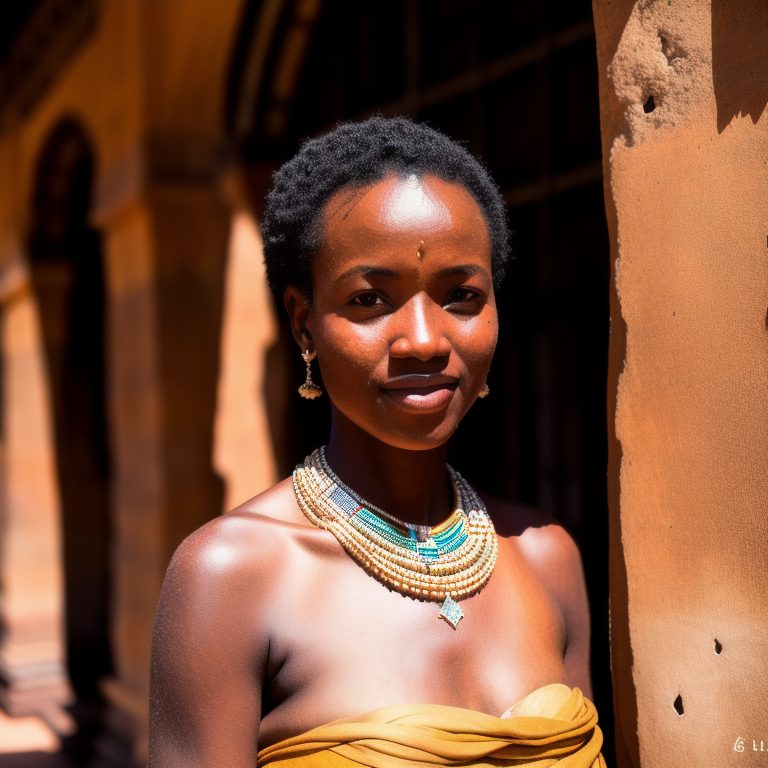Exploring Opportunities in kenyas-cultural-heritage-museums-and-galleries:
Exploring Opportunities in Kenya’s Cultural Heritage Museums and Galleries
Kenya, a country renowned not only for its breathtaking landscapes and wildlife but also for its rich cultural heritage, offers immense opportunities through its museums and galleries. These institutions serve as custodians of the nation’s history and are pivotal in the cultural and economic development of the country. This Blog post delves into the various opportunities presented by Kenya’s cultural heritage museums and galleries, highlighting the latest trends, benefits, and practical applications of investing time and resources in these cultural treasures.
Educational and Cultural Enrichment
Kenya’s museums and galleries are treasure troves of educational resources. Institutions like the Nairobi National Museum, which houses exhibits spanning art, history, and culture, provide invaluable learning experiences not available in traditional classroom settings. Similarly, the Fort Jesus Museum in Mombasa offers insights into the Portuguese influence in Kenya, showcasing artifacts that narrate the story of the coastal region. Educators and students alike can benefit from tailored educational programs and workshops that these museums offer. There is also an opportunity for international cultural exchange programs, where knowledge and culture are shared between Kenyan institutions and those abroad, fostering global cultural literacy.
Tourism and Economic Growth
Cultural heritage museums and galleries significantly contribute to tourism, attracting visitors who are eager to understand the historical and cultural context of their travel destinations. For instance, the Maasai Mara Cultural Village not only educates visitors about Maasai life but also provides the Maasai community with a sustainable income through cultural tourism. Investing in marketing these cultural sites through digital platforms can amplify their visibility and attract more tourists, which in turn boosts local businesses and the national economy. Developing infrastructure around these sites, like better roads, hotels, and restaurants, also plays a critical role in enhancing the visitor experience and economic benefits.
Art Preservation and Promotion
Kenya’s galleries like the Banana Hill Art Gallery, which focuses on contemporary East African art, play a crucial role in preserving and promoting Kenyan art. They provide a platform for local artists to showcase their work, which is essential for the preservation of unique Kenyan artistic traditions and for the evolution of new artistic expressions. There is a growing trend of using digital tools and social media to promote artists and their works, which creates broader awareness and opens up new markets for Kenyan art globally. Furthermore, collaborations between galleries and educational institutions can foster a new generation of artists and art historians.
Community Engagement and Development
Museums and galleries often act as community centers where people can come together to learn, celebrate, and preserve their cultural heritage. The Bomas of Kenya, for example, is a cultural center in Nairobi that offers visitors a chance to experience traditional dances, crafts, and music from various Kenyan tribes. Programs that involve community members in the management and operation of these museums and galleries can empower local communities, providing not just employment, but also a sense of ownership and pride in their cultural heritage. Moreover, community-driven heritage projects can attract funding and support from international bodies interested in cultural preservation.
Challenges and Opportunities
[inspirational_quote]
While the opportunities are vast, the challenges cannot be ignored. Many of Kenya’s cultural heritage institutions face issues such as underfunding, lack of modern technology, and insufficient expert staff. Addressing these challenges through government funding, private investments, and international partnerships can significantly enhance the quality and reach of these institutions. Additionally, integrating modern technology like virtual reality tours and interactive apps can make exhibits more accessible and engaging, especially to the younger, tech-savvy generation.
Conclusion
The cultural heritage museums and galleries of Kenya are more than just repositories of history and art; they are vibrant, living entities that offer numerous opportunities for education, economic development, cultural exchange, and community engagement. By investing in and focusing on these institutions, not only can we preserve and celebrate Kenya’s rich heritage, but we can also promote sustainable development and cross-cultural understanding in an increasingly globalized world. For anyone looking to explore, invest, or partner with Kenya’s cultural heritage sector, the potential is boundless, and the impact, profound. The journey into Kenya’s cultural heartlands is one that promises rich rewards, enlightening experiences, and a unique insight into the soul of one of Africa’s most dynamic societies.
Thank you for taking the time to read our Blog! We hope you found the information valuable and insightful. If you have any questions, comments, or topics you’d like us to cover in future posts, please don’t hesitate to reach out. Stay tuned for more updates, and don’t forget to subscribe to our newsletter for the latest news and insights.
Warm regards.
